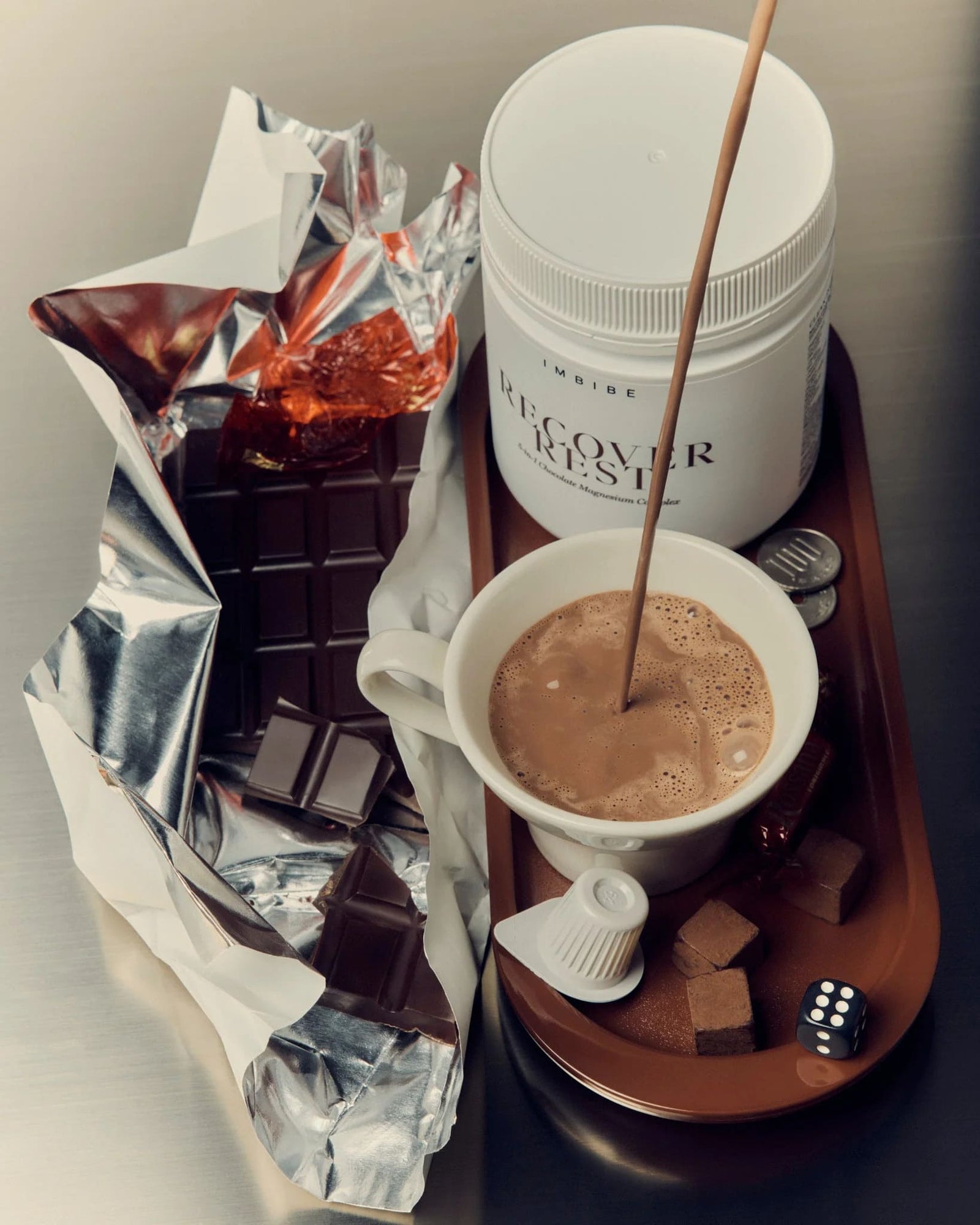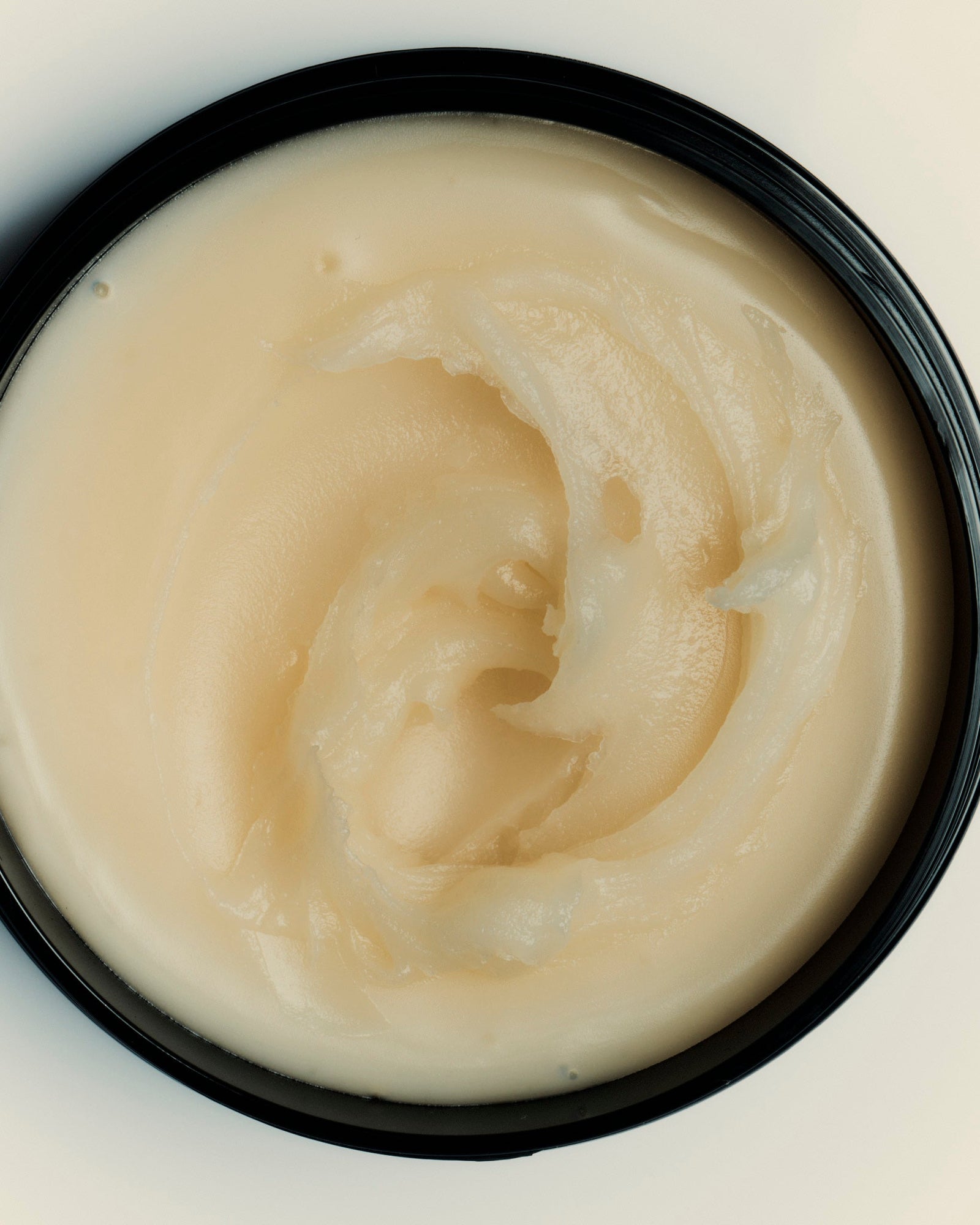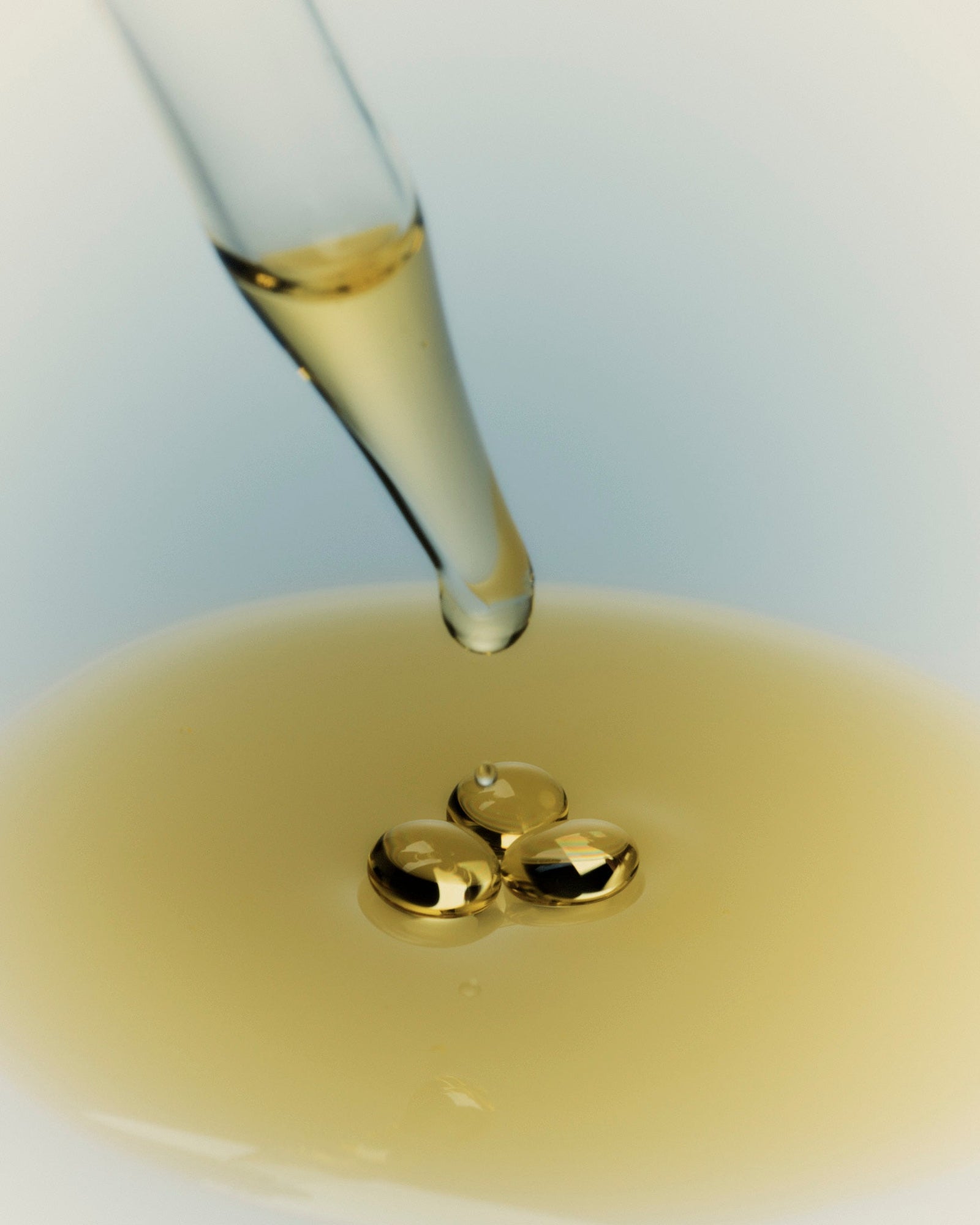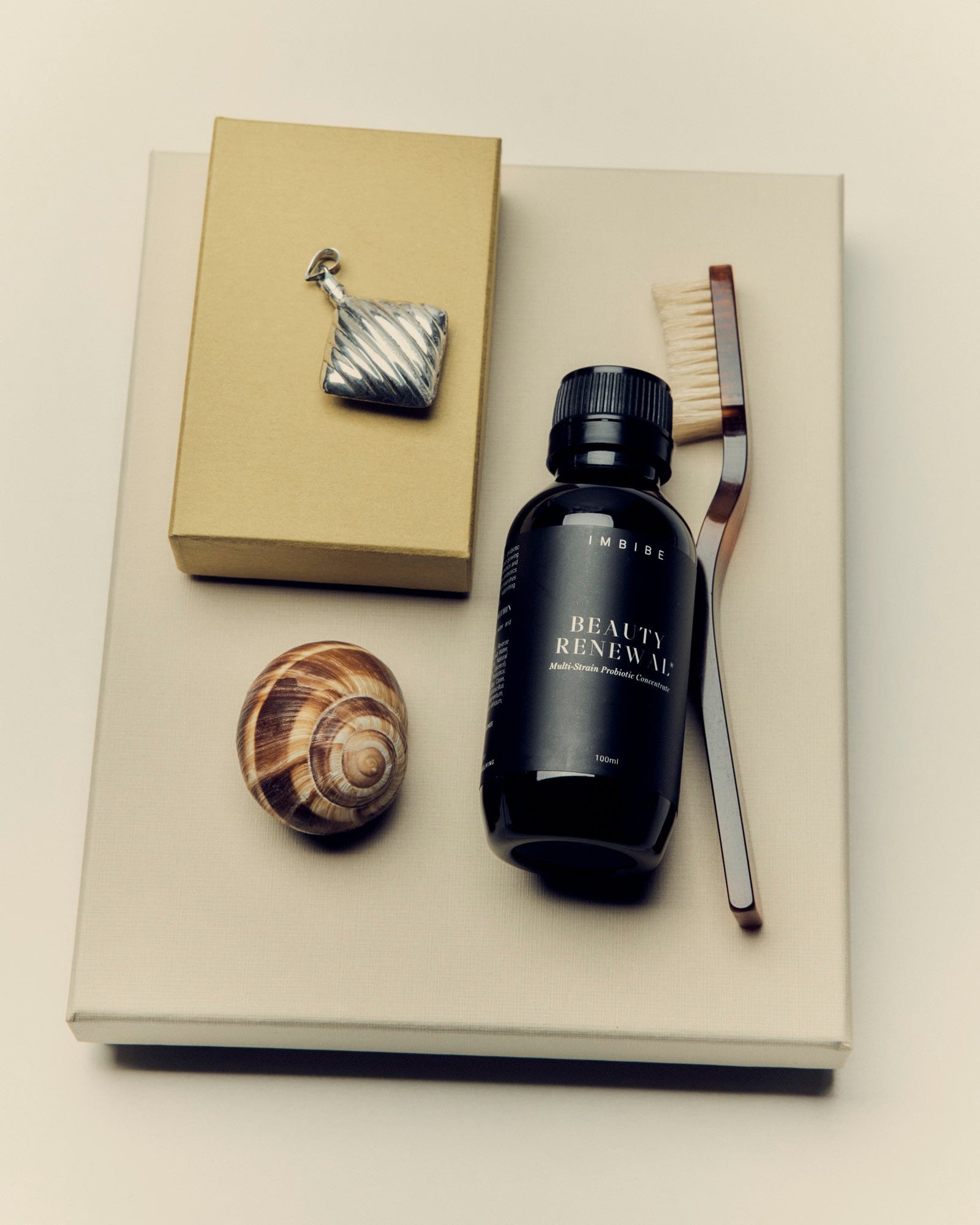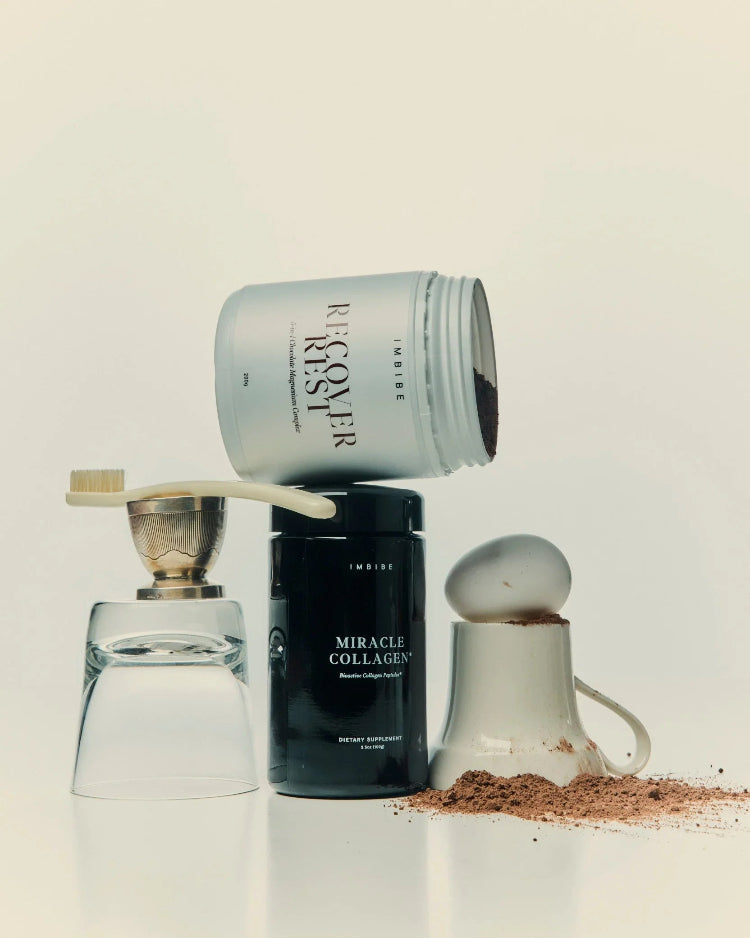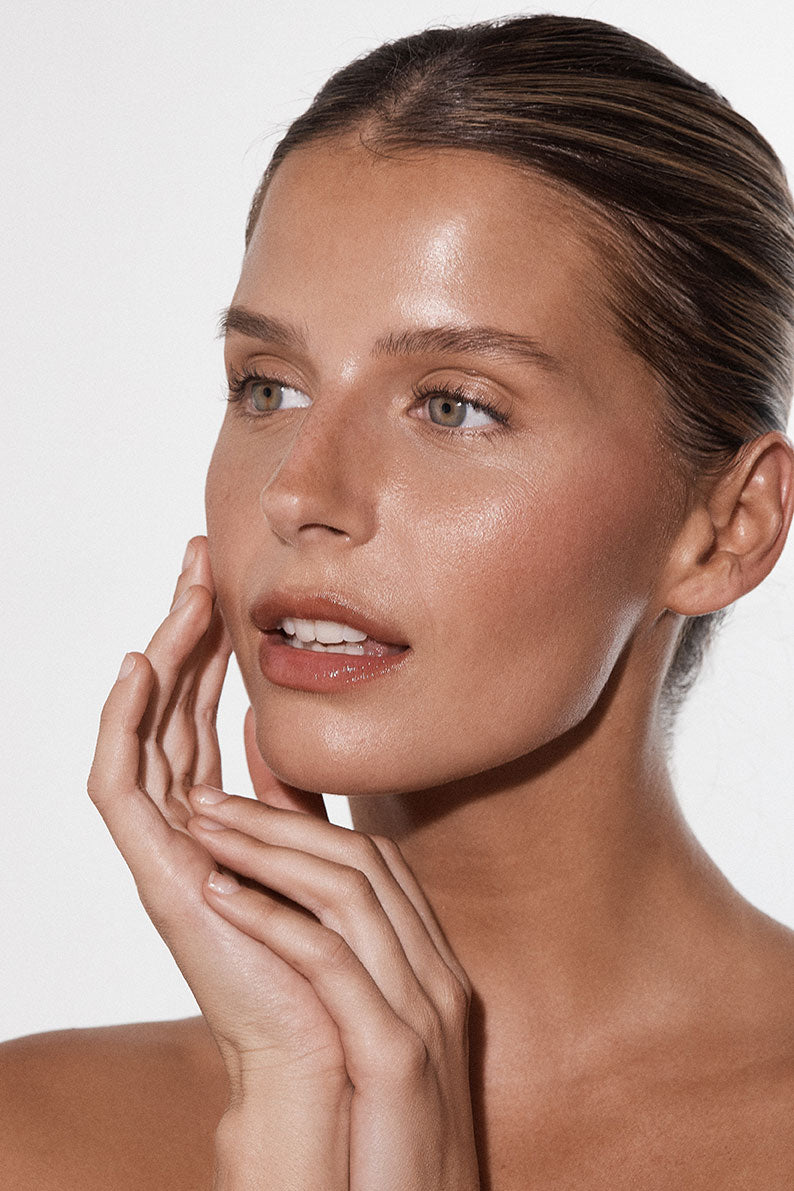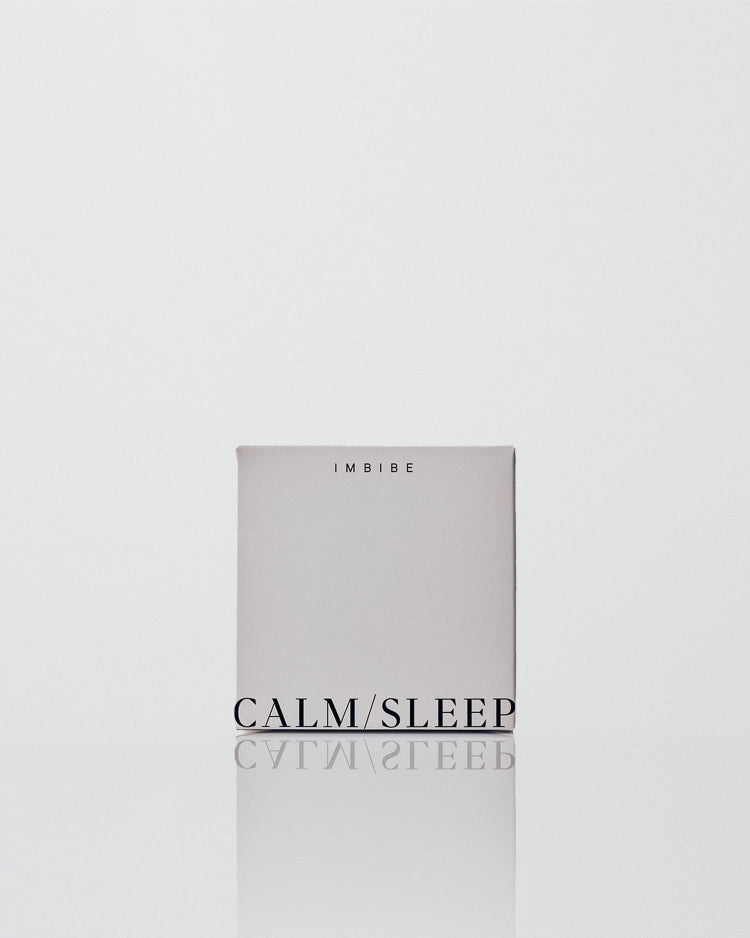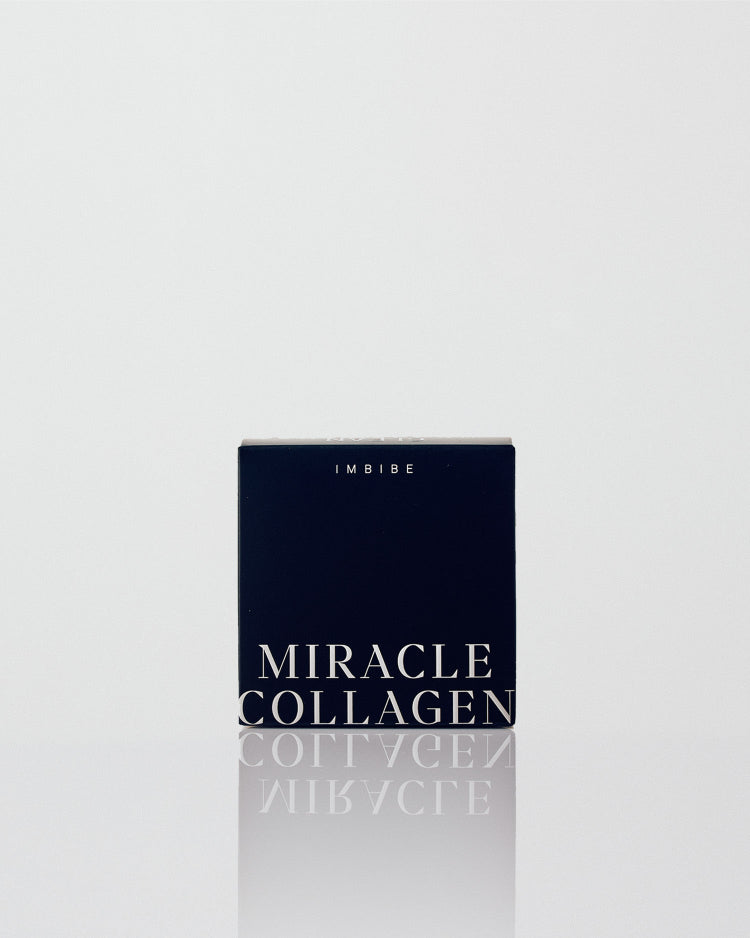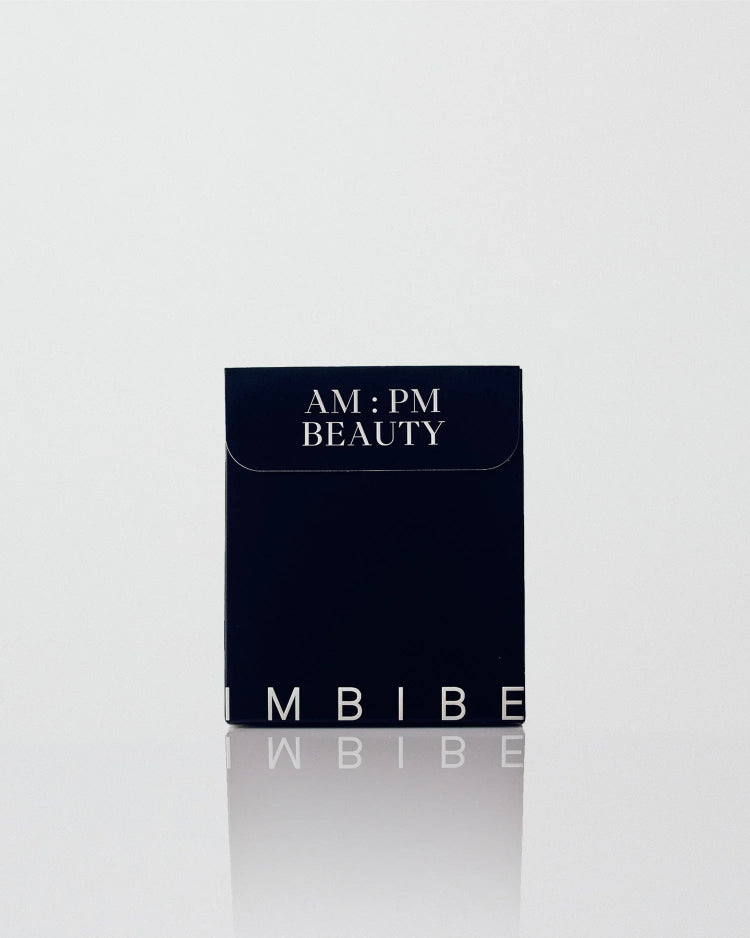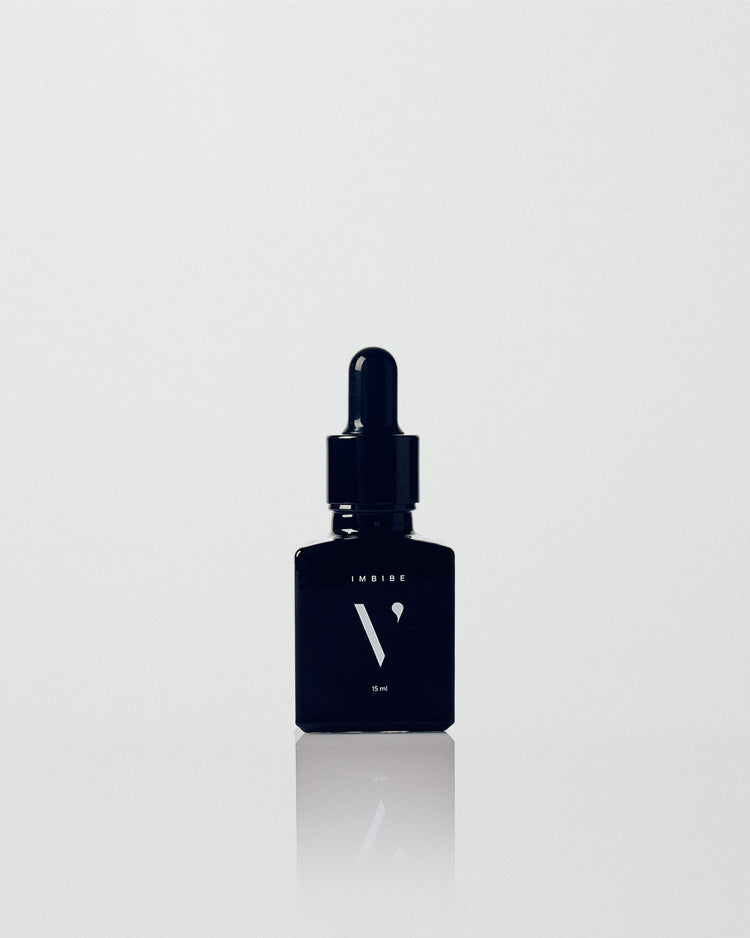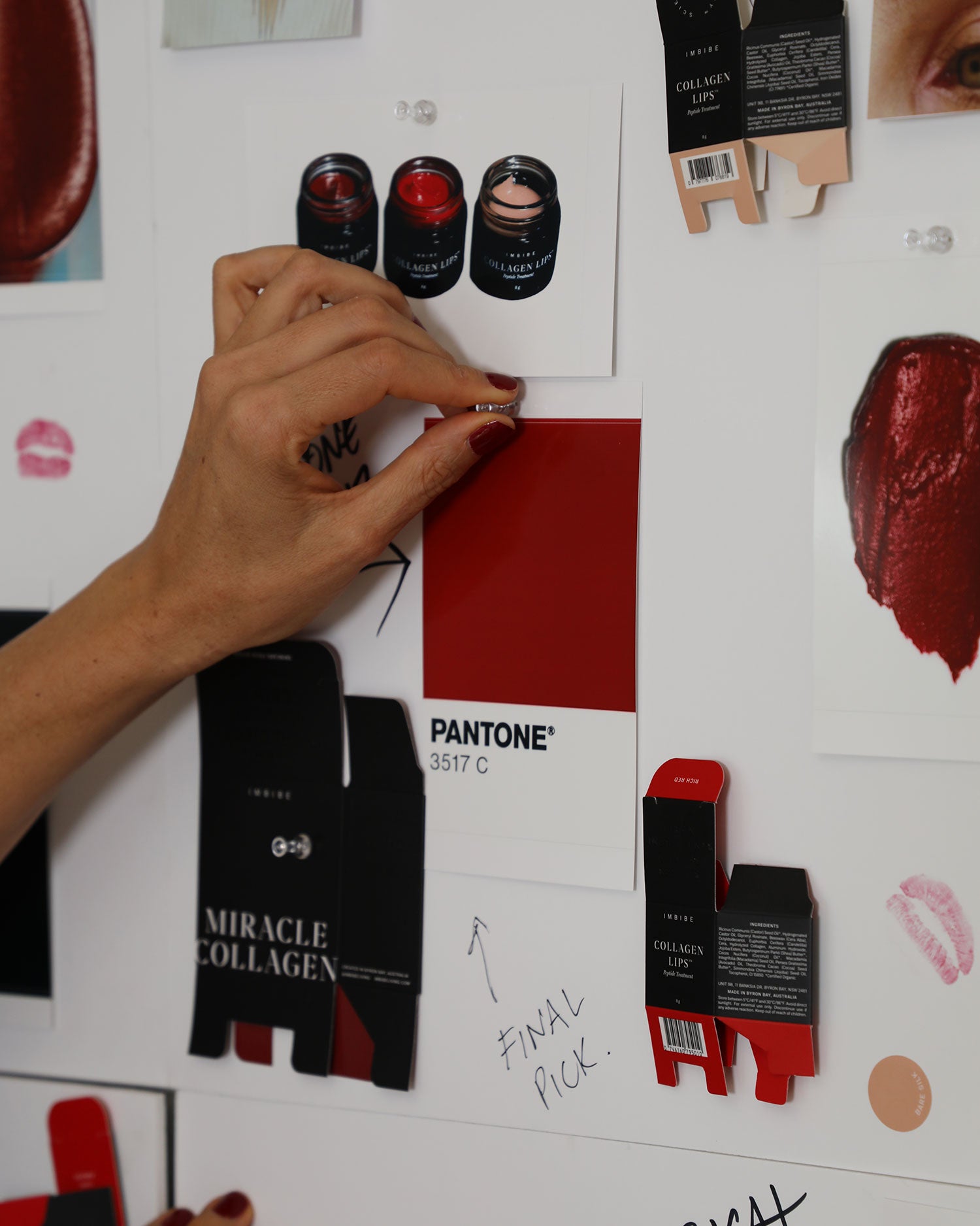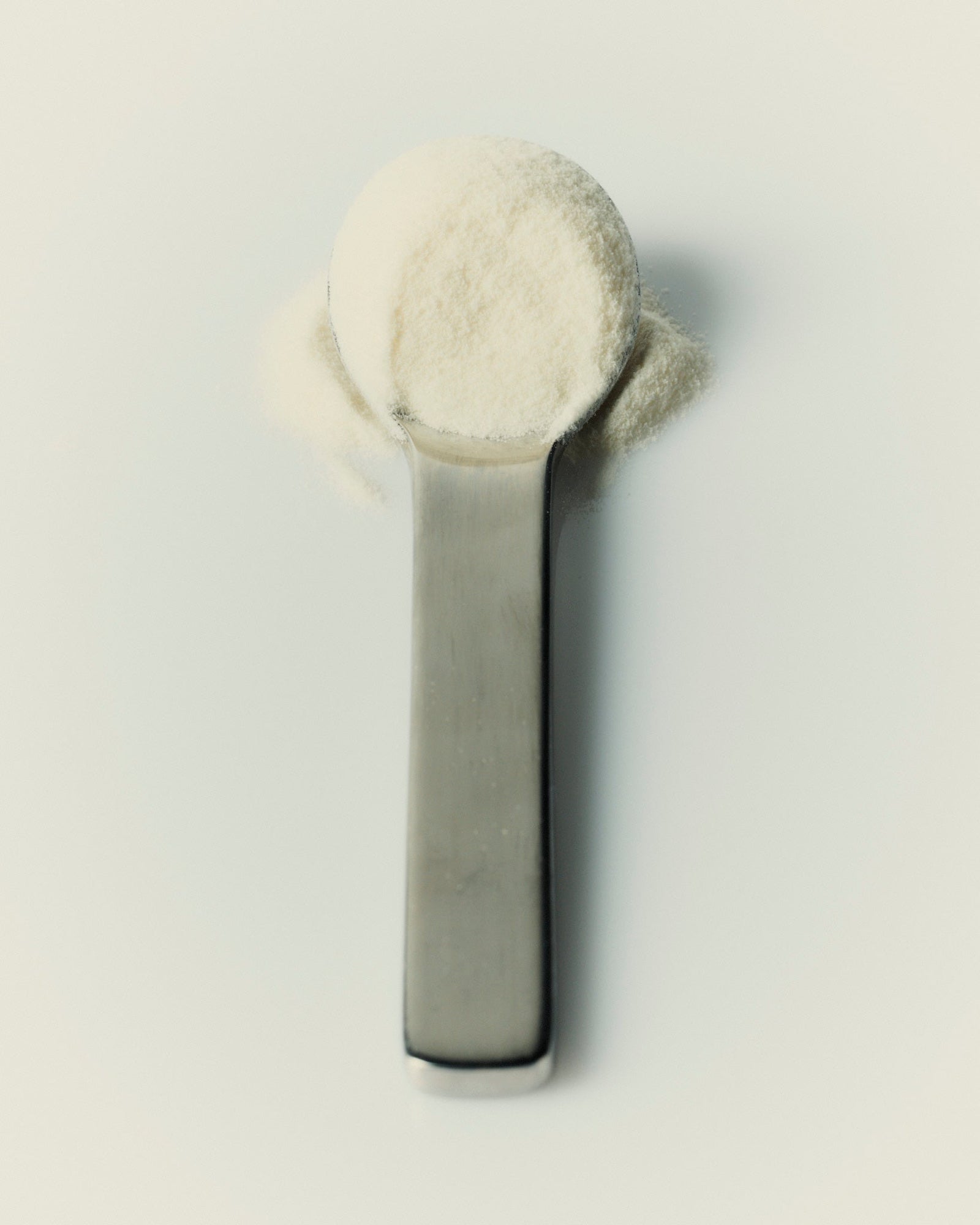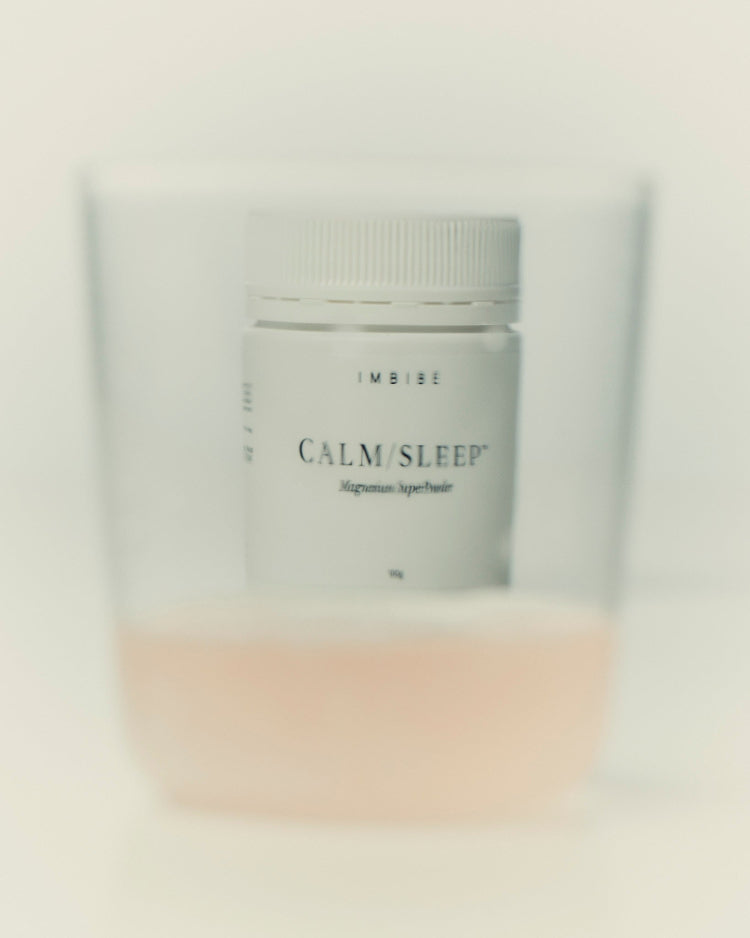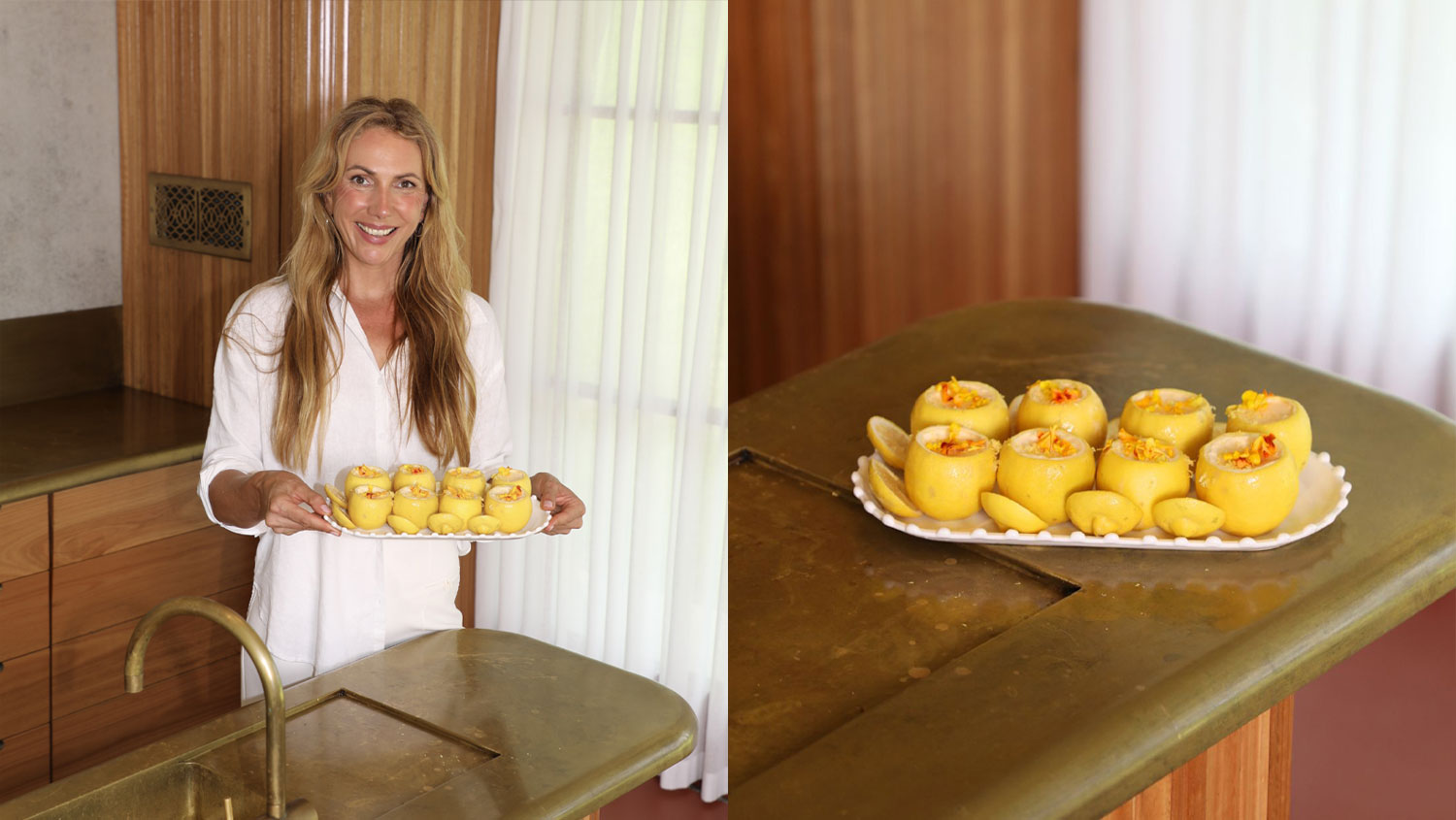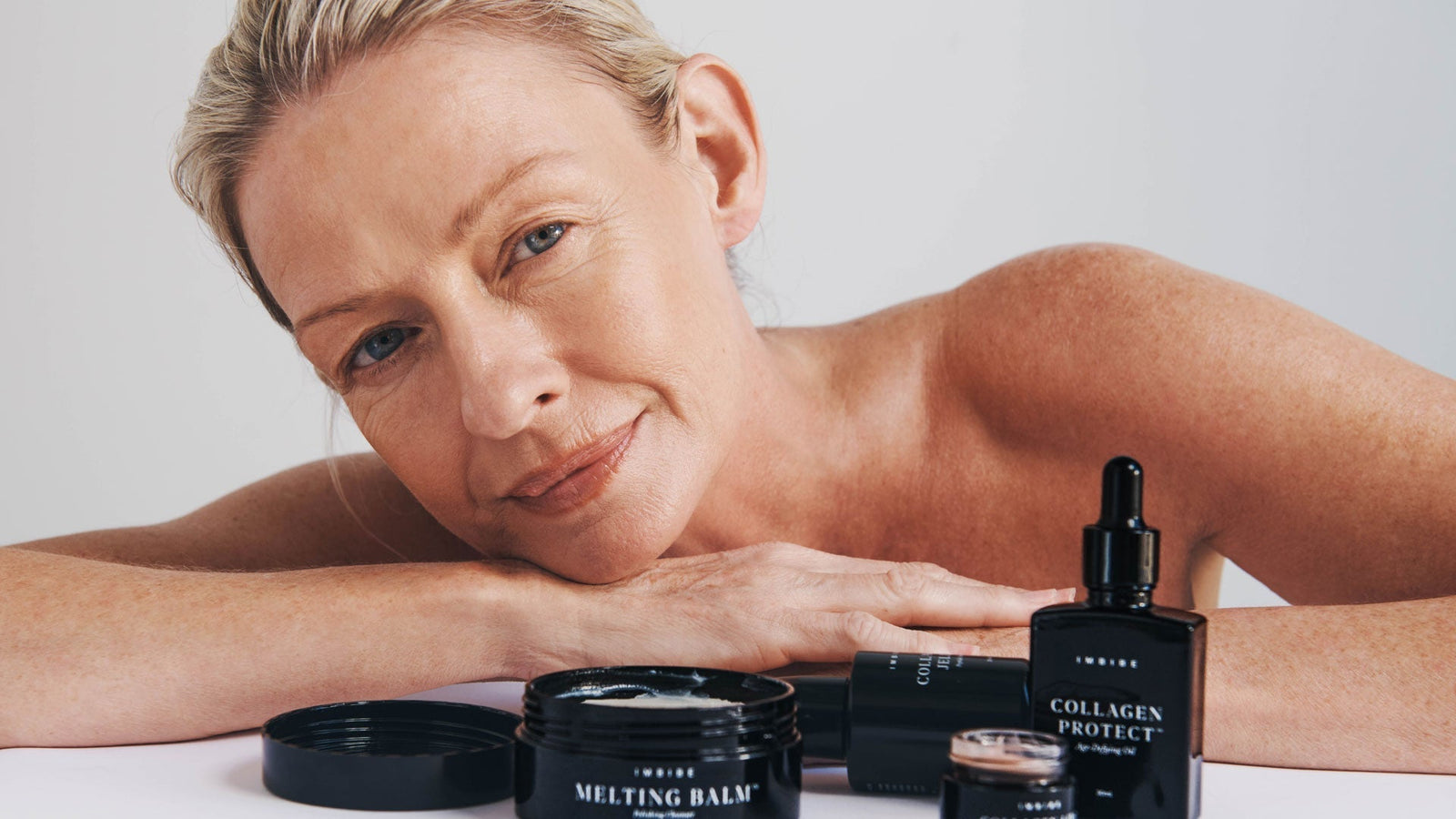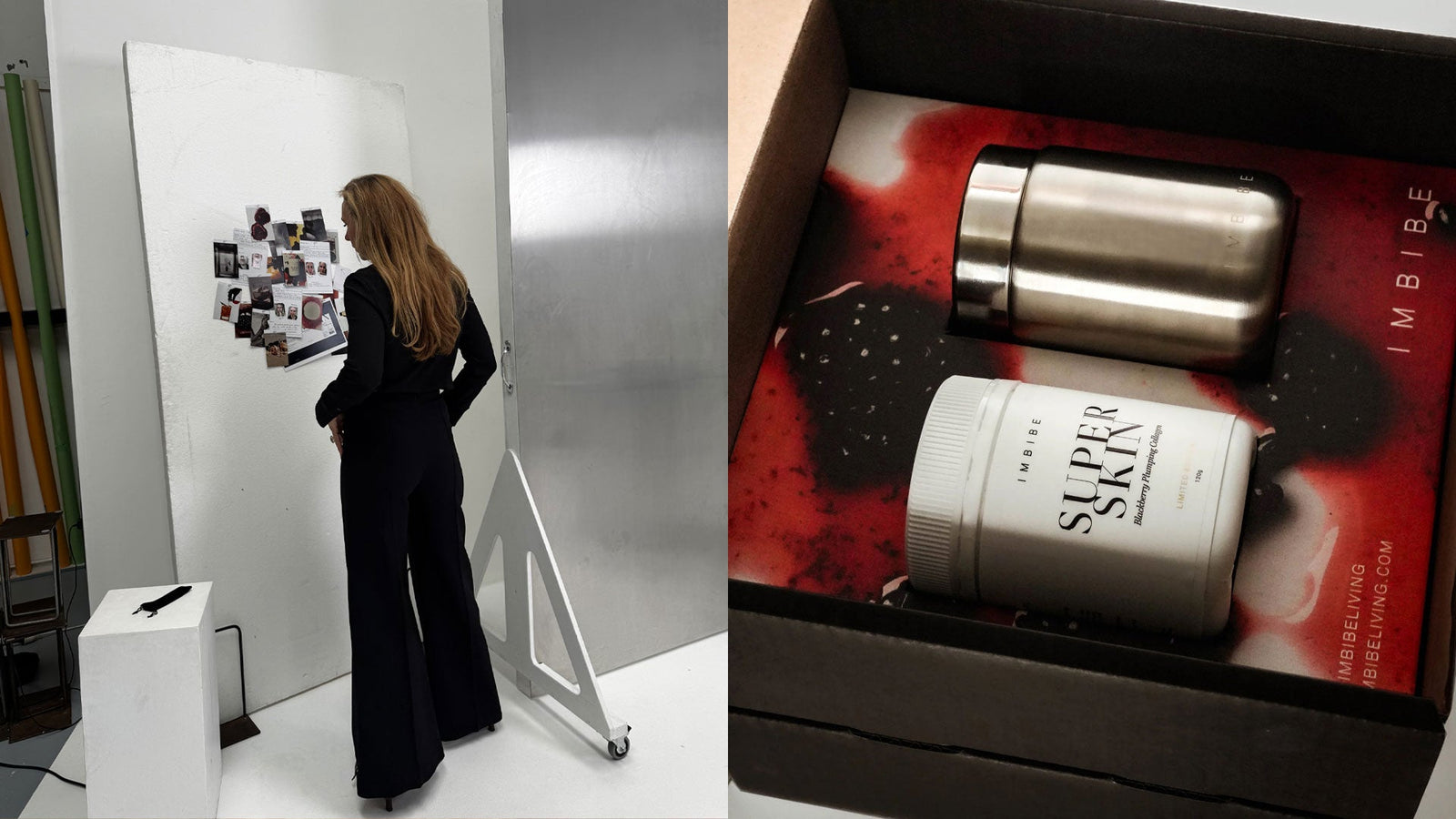
By Naturopathy Student (BHsc) Amy Parin
Have you ever thought about how your menstrual cycle actually works, and how you can utilise the power of your hormones to supercharge your wellbeing instead of it being seen as a hindrance?
Some of us see our cycles as being a nuisance especially during the bleeding phase causing us pain, suffering and mood swings. However, what if you were properly educated around how your cycle works? What if you were taught how to optimise your lifestyle, exercise and nutrition for each stage of your cycle to help mitigate the pain, suffering and burnout? What if you learnt how to use your cycle to upregulate your productivity and deepen the connection with yourself?
Throughout this blog post we will dive into all these topics and more.
What if you were properly educated around how your cycle works?
What if you were taught how to optimise your lifestyle, exercise and nutrition for each stage of your cycle to help mitigate the pain, suffering and burnout?
What if you learnt how to use your cycle to upregulate your productivity and deepen the connection with yourself?
First things first, what happens to your body during your cycle?
There are 4 main phases within the standard 28 day menstrual cycle. These include:
1. Menstrual Phase - from the first day of your bleed to when your bleed stops (Day 1-5)
2. Follicular Phase - from the end of your period all the way up to ovulation which is around day 14 (Day 5-14)
3. Ovulatory Phase - the window in which ovulation occurs which is around day 14 but is different for everyone.
4. Luteal Phase - from ovulation to your period where you might experience PMS symptoms such as bloating, moodiness, headaches, tender breasts, cravings and more (days 14-28)
These time frames are just an estimate framework however, everyone is different and you may have a shorter or longer cycle than 28 days! Within each of these phases you have different hormones dominating your body causing you to feel different ways and encouraging different ranges of emotions and tendencies due to the way these hormones act in the body.

01. Menstrual Phase
During menstruation your hormones are at their lowest causing your bleed, this means that you may feel sluggish, tired and may need more rest. This is the best phase for doing analytical work, self-reflection and resting! It is also a good time for manifestation to bring about and plan what you really want from life or your work. To nourish yourself during this phase, consume lots of warming foods to improve blood flow and foods high in minerals and iron. Think nettle tea, organic organ meats, leafy greens, vegetable soups, cacao, broths and superfood tonic elixirs. Natural pain relievers include ginger, chamomile, castor oil packs, magnesium and herbs such as cramp bark, Jamaican dogwood and black haw.
02. Follicular Phase
Within your follicular phase oestrogen is the dominant hormone. Oestrogen is a flirty hormone making you more attractive, curvaceous, productive, energised. Your follicular phase is preparing you for what is to come- ovulation. Think of oestrogen like the yang to the yin. Although oestrogen sounds like all the rage and something we want more of- too much of it also causes problems for the body especially during the next phases. Because of this, during the follicular phase we want to consume lots of cruciferous vegetables like broccoli, brussel sprouts and kale to help remove excess estrogen from the body. We also want to consume plenty of fresh fruits, vegetables, wholegrains such as buckwheat and fermented foods to keep the bowels moving and aid hormonal clearance. Flax seeds are great as they help to regulate your oestrogen levels- increasing them if they’re low and decreasing them if they’re high. During your follicular phase its best to get creative and do the work to make it your reality. For this phase your exercise can be whatever you like! You may find that you have more energy to do exercise such as jogging, swimming, dancing or zumba.
03. Ovulatory Phase
During the ovulatory phase, estrogen is at its peak meaning that this is the optimal time to get stuff done. Your body is preparing you for potential fertilisation during this phase, making you more attractive to the opposite sex and more magnetic in genera. This phase can be used to your advantage such organising date nights or even asking for a pay raise at work due to your magnetic energy. You may have the most energy during this phase and find that you can easily do higher intensity training and can work longer hours without burning out. If you have anything that you need to do or get done, this is the time to do it as your hormones at their highest point!
04. Luteal Phase
The luteal phase is the last phase of your cycle and is the longest phase you have. It usually goes for about 10-14 days. The dominant hormone in this phase is progesterone which is the yin to the yang. Progesterone encourages you to slow down and speeds up your metabolism (therefore you need more food!). Progesterone also promotes deeper rest and sleep. Key words for progesterone would be “soothing, stable and supportive”. During this phase it is best to focus on strength training or Pilates and avoid extra stress where possible to ensure optimal progesterone production. For your nutrition you need to consume more food this period and prioritise nutritionally dense whole foods. Choose to consume foods rich in b vitamins such as dark leafy greens, quinoa for energy and magnesium rich foods such as cacao, and pumpkin seeds to help reduce the incidence of cramping. It is also great to consume more cruciferous vegetables and high fibre foods to remove excess oestrogen that may have carried over from the previous phases and can contribute to PMS symptoms.
Living in alignment with the ebbs and flows of your hormones helps you to avoid burnout and increase productivity and wellbeing throughout the month.
What you consume and the activities you do have a HUGE impact on your menstrual cycle and your wellbeing throughout! Living in alignment with the ebbs and flows of your hormones helps you to avoid burnout and increase productivity and wellbeing throughout the month. Instead of seeing your hormonal changes and fluctuations as a hindrance they can be used as a way of supercharging your workflow or creativity throughout the month!

For more information and to stay in the loop follow along on my Instagram @amyjadwellness where I share an abundance of tips on women’s hormonal health and wellbeing.
Disclaimer: this information is not to replace proper medical attention/ advice and is not a one size fits all approach. If you feel like you have more serious hormonal issues it would be recommended to speak with a health professional.

